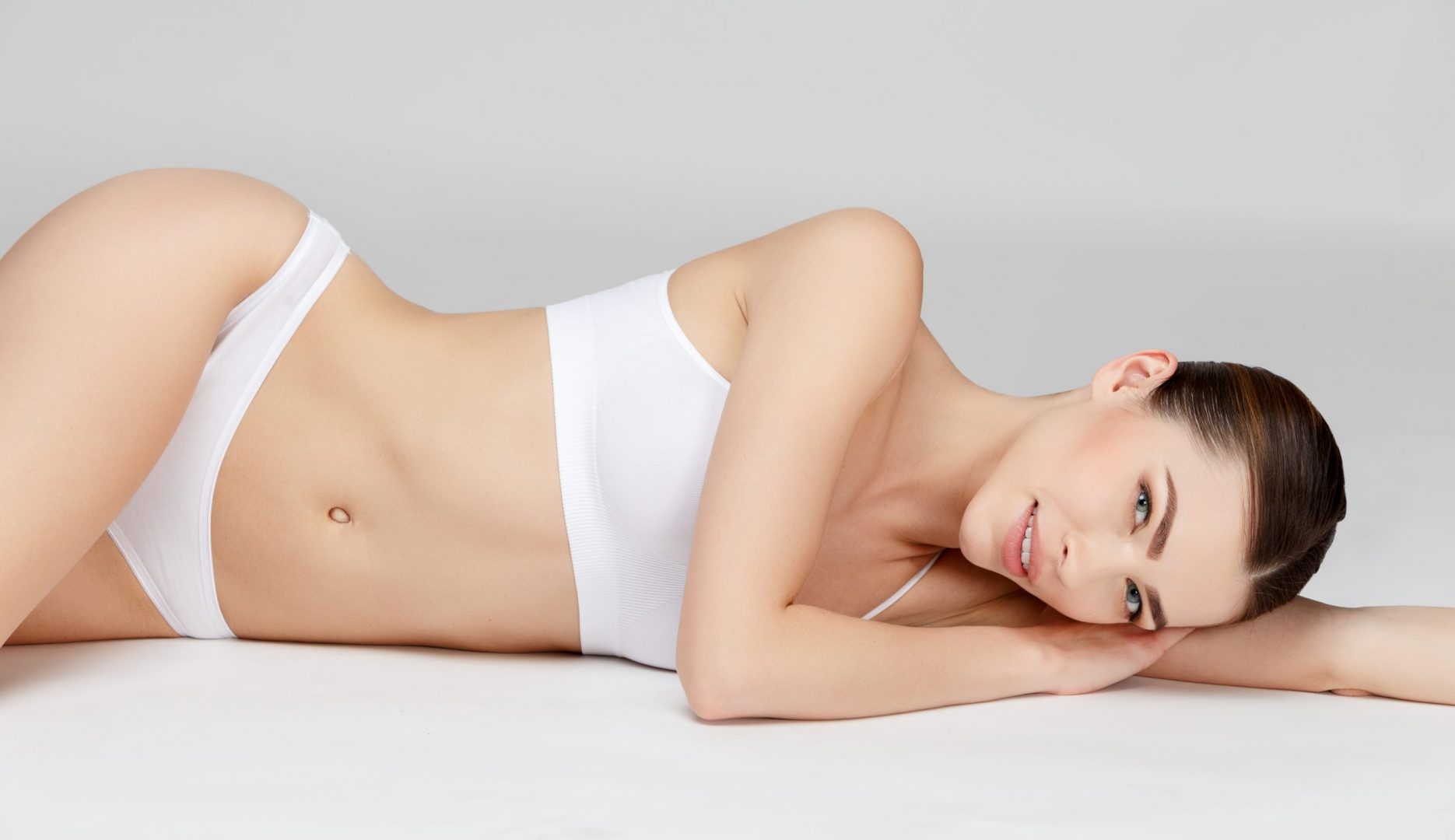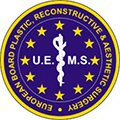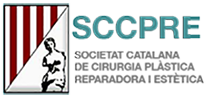
WHAT DOES FAT TRANSFER MEAN?
Fat self-transplantation, also called fat grafting, fat injections, lipofilling, lipoestructure, or lipotransfer, is a procedure that uses a person’s own fat, extracted from one area to inject it into another area. At the present time it is a well-established technique that was perfected in the early 1990s.
WHO IS A GOOD CANDIDATE FOR THIS SURGERY?
Fat transfer can be done in practically the entire body. Some of the typical indications are:
– Buttock augmentation
– Breast augmentation
– Facial injection: Cheekbones, lips, nasolabial folds, eye bags…
– Irregularities or scar retractions
WHAT IS VALUED ON THE FIRST VISIT?
The first visit is the main step for the patient who has considered the possibility of undergoing a fat transfer.
Some of the characteristics that are evaluated during the consultation are:
– Medical and surgical history.
– Regular medication.
– Amount and location of excess fat.
– Location and approximate volume of necessary fat.
WHAT SHOULD I TAKE INTO ACCOUNT BEFORE THE INTERVENTION? PREOPERATIVE RECOMMENDATIONS
There are a few considerations to keep in mind:
– Avoid certain medications that may complicate the intervention.
– Quit smoking for a period of time, before and after the intervention, since tobacco has been shown to worsen and hinder wound healing and decrease the percentage of fat that survives the intervention.
– Keep in mind that you will need some help after the intervention.
WHAT SHOULD I TAKE INTO ACCOUNT AFTER THE INTERVENTION? POSTOPERATIVE RECOMMENDATIONS
Some recommendations include:
– Avoid tobacco.
– Take the prescribed postoperative medication.
– Relative rest of one week.
– Wear a compressive garment during a postoperative period of time.
HOW IS A LIPOFILLING PERFORMED?
The necessary fat is obtained by liposuction of the previously agreed areas. The aspirated fat is processed by centrifugation, filtration or decantation. As a result, pure fatty tissue is obtained, ready for injection in the desired area.
It is important to distribute evenly the fat in the area, by injecting small amounts into the tissues, so that the injected fat is well surrounded by healthy tissue. This ensures that the transplanted fat remains in contact with nearby tissues that will supply oxygen and nutrients.
WHERE IS THIS INTERVENTION PRACTICED?
It is important to individualize each case. It is a surgery that can be done both with hospital admission or as an outpatient intervention, with local or general anaesthesia, and the duration will depend on the areas to be treated and the amount of fat to be removed and transfered.
WHAT IS THE EVOLUTION AND POST-INTERVENTION CONTROLS?
The total recovery time will depend on how extensive the intervention has been.
Although each patient has their own particularities, the postoperative course contains phases common to all patients:
During the first week:
You will notice some bruising, and you may feel numbness of the skin.
During the second week:
Stitches will be removed.
The bruising and inflammation will begin to disappear and the results will begin to be evident.
You can gradually rejoin your work activity.
At 4 postoperative weeks:
You will no longer need to wear the girdle any longer.
After several months
Shortly after the intervention you will notice an important difference in the treated areas. Still, the final result is obtained after at least 3 months.
WHAT SHOULD I KNOW ABOUT THE RESULTS?
In addition to correcting volume defects, fat grafting improves the quality of the skin in the treated area. In the intervention, the defect is usually overcorrected, since usually a part of the grafted fat is reabsorbed by the body (around 20-30%). Subsequently, the remaining amount can be considered permanent.
ARE THERE CONTRAINDICATIONS FOR THIS SURGERY?
Each case must be assessed individually. Still, some contraindications for this surgery are heavy smokers who do not plan to interrupt the habit, since tobacco decreases the survival rate of the fat graft.
CAN IT BE COMBINED WITH OTHER SURGERIES?
Liposuction can be practiced in different areas of the body at the same time and in conjunction with other surgical procedures. A part or all of the extracted fat can be used as filler for correction of defects, filling of wrinkles, breast or buttock augmentation, obtaining substances for skin rejuvenation…
ARE THERE OTHER ALTERNATIVES?
Each case must be assessed individually, depending on its anatomy and surgical objectives.
In the case of fat grafting to the breasts and buttocks, an implant can sometimes be used. In the case of facial lipofilling, there are resorbable fillers that can be used periodically for filling some defects.



